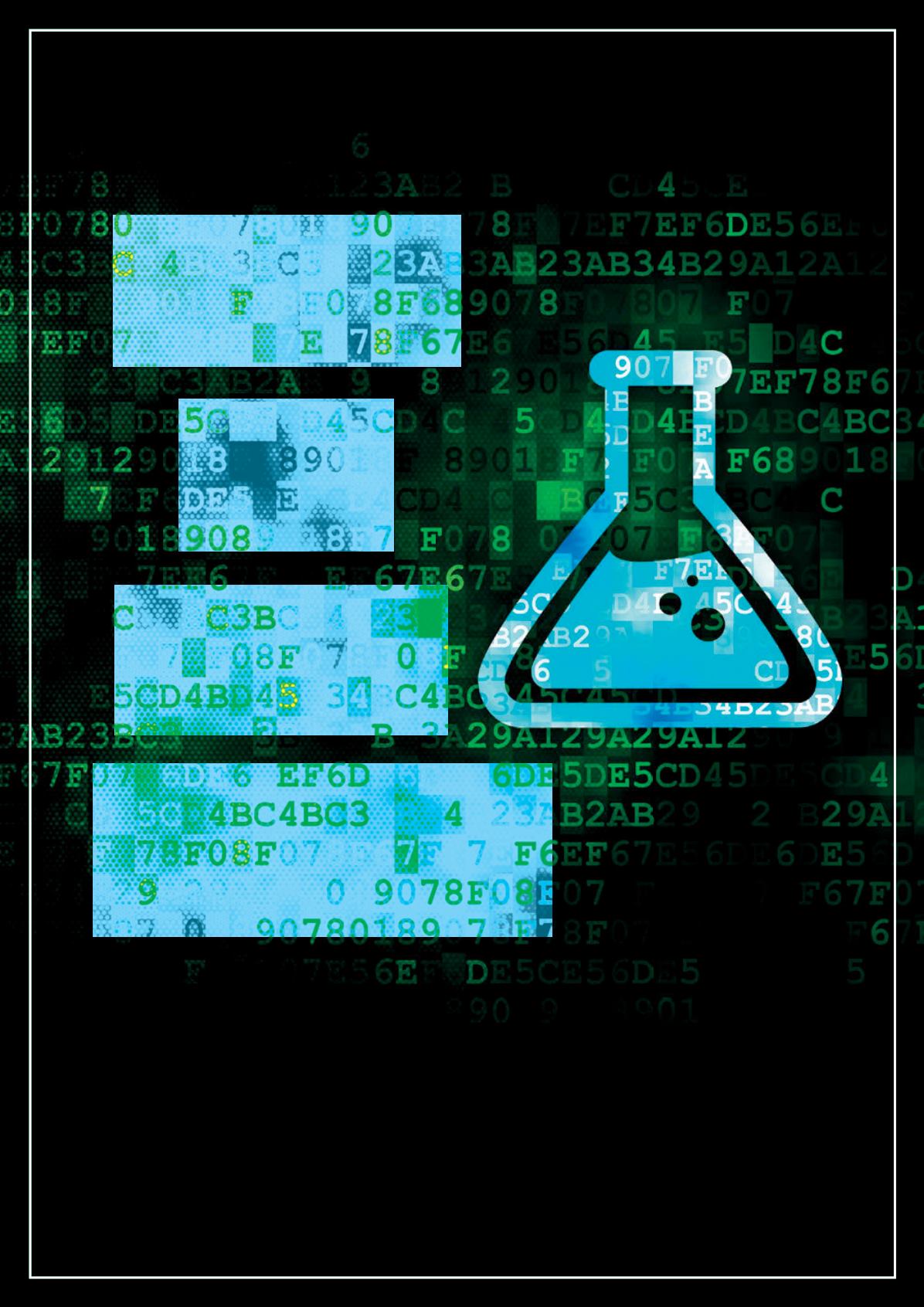
75
T
he price of LNG is based upon its energy content.
1
Therefore, the accuracy of the energy content
determination is of the utmost importance. Small
differences in the measured concentrations are multiplied by
the volume of the transfer and could be of significant value.
This article will discuss the common pitfalls in LNG sampling
for analysis. The case study is based upon the experimental
comparison of two vaporising probes in a true field situation.
Challenges of sampling
Sampling LNG has several challenges, including pre-vaporisation
and partial vaporisation. Both of these challenges are closely
connected to the cryogenic nature of the sample. Described
in ISO 8943:2007,
2
the sampled LNG needs to be in a liquid
subcooled state that is at a lower temperature than the boiling
point at that pressure. The risk is that, due to the extremely
low boiling point of LNG, any heat transfer into the system can
readily cause vaporisation.
LNG is a mixture of components and so it does not have a
precise boiling point. Figure 1 depicts a schematic representation
of a bubble point curve for a two component mixture. The
bubble point curve of a mixture shows the temperature at which
the liquid starts to boil. Consequently, the components’ vapour
pressures determine the concentration ratios in the gas relative
to the liquid. Fractional distillation
3
is based on this principle. In
the field, this could happen in case a sample line is poorly
isolated and the liquid is heated to the bubble point curve and
vaporised. This temperature is also represented on the dew point
Christiaan Mul and Hans-Peter Visser,
Analytical Solutions and Products B.V., the Netherlands,
present a field study of LNG probe-vaporisers.
PUT
TO
THE
TEST


